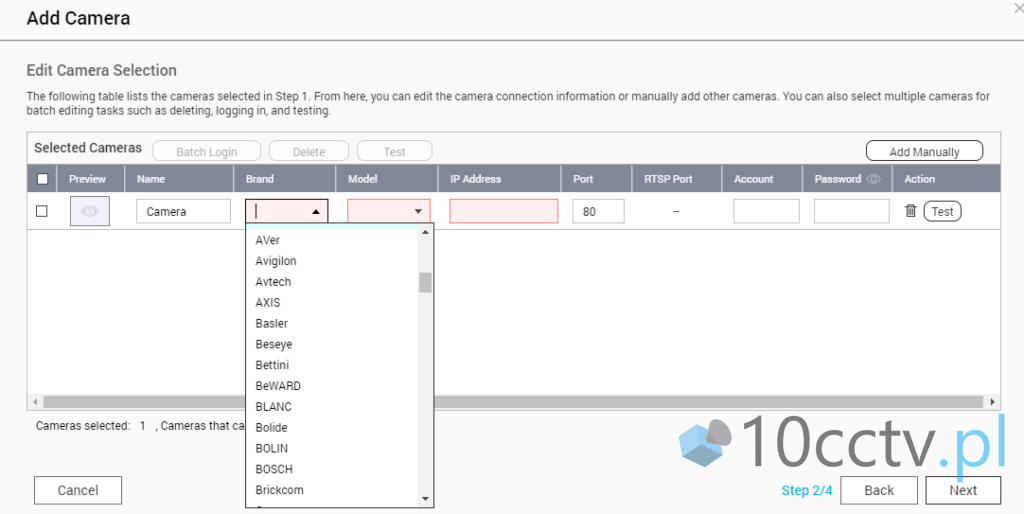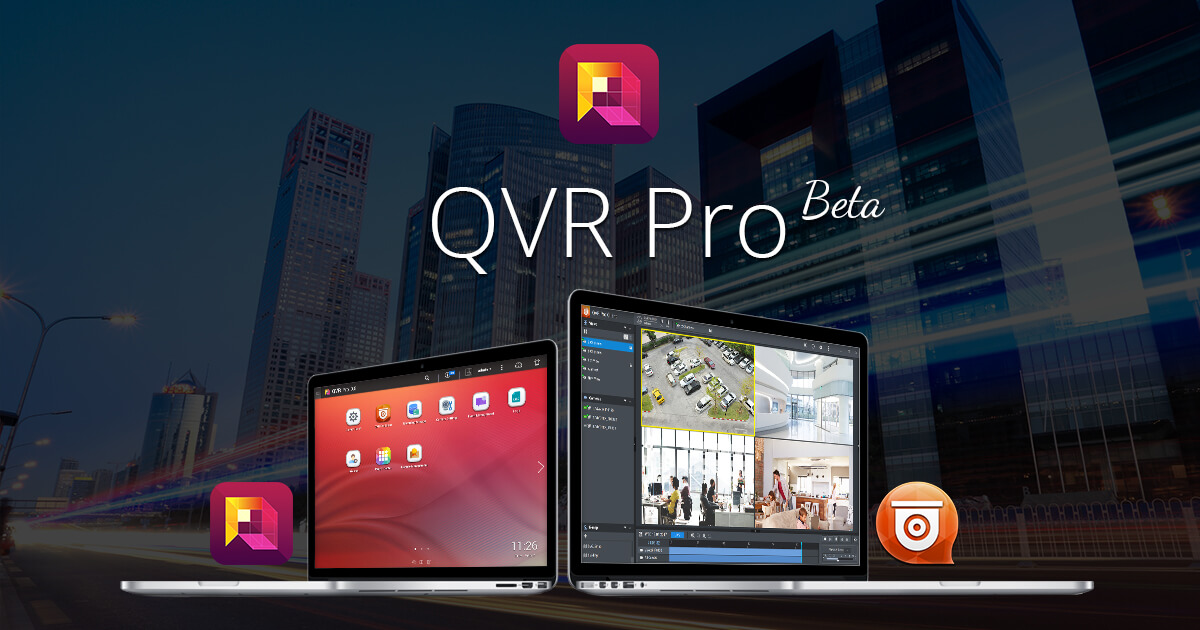
(pre-installed 2-port 10GBASE-T card), integrated graphics, 4K HDMI v1.4b, USB 3.2 Gen2, Optional QNAP QXP-T32P 2-port Thunderbolt 3 card support, 3 x PCIe expansion slots Threads 3.3 GHz (boost up to 4.7 GHz), 16GB DDR4 ECC RAM (max. Number of Concurrent Connections (CIFS) – with Max. Single, RAID 0, 1, 5, 6, 10, 50, 60, Triple Mirror, Triple Parity Ubuntu 14.04, CentOS 7, RHEL 6.6, SUSE 12 or later LinuxĬhinese (Traditional & Simplified), Czech, Danish, Dutch, English, Finnish, French, German, Greek, Hungarian, Italian, Japanese, Korean, Norwegian, Polish, Portuguese (Brazil), Romanian, Russian, Spanish, Swedish, Thai, and Turkish. To ensure data security, system stability, and storage performance, the maximum number of drives for a single RAID group is now 16 (applicable to RAID 5, RAID 6, RAID TP, and subgroups of RAID 50 and RAID 60). Nevertheless, users can combine multiple RAID groups into a large storage pool that contains more than 16 drives, using RAID 50, RAID 60, or RAID 10 as the RAID configuration.

This enhancement will only be applied to new RAID groups. Storage Pool Expansion (by adding RAID Group)Ĭheck maximum number of snapshots of your NASĬheck your QNAP NAS cache capacity and RAM requirementsĮxternal RAID Device (QNAP so on) Management (External Device Mode)Įxternal RAID Device (QNAP so on) Management (NAS Mode) RAID Expansion (by replacing bigger Disks) All existing RAID groups and storage systems will not be affected.
QNAP QVR CLIENT DOWNLOAD
Maximum number of version controlĬoncurrent Connections = 80 Upload & 80 Download SSH, Telnet, HTTP(S), FTP, CIFS/SMB, and AFPĪES 256-bit Folder Encryption validated by FIPS 140-2 CAVP Network access protection with auto-blocking
QNAP QVR CLIENT TV
Note: This feature is supported by all QNAP NAS devices with at least 2 GB of memory QNAP QVR CLIENT FOR TV DOWNLOAD PPTP, L2TP/IPSec, OpenVPN, QBelt (QNAP proprietary) Photos, music, videos, PDFs, Gmail, and others Suggested number of virtual machine instances VM importing, exporting, cloning, snapshot capturing, backup, and restoration Note: The application is available in the App Center and in virtual appliance marketplaces (VMware vSphere ESXi and Microsoft Hyper-V). Note: LXD has been supported after Container Station 2.4 Note: the actual number of virtual machine instances supported may vary by the memory installed on NAS.
QNAP QVR CLIENT 1080P
Provides the Low Bandwidth mode to help facilitate recording viewing without compromising recording quality when users do not have sufficient network bandwidth.Live 4K H.265 (6M) channel Number 8 x 1080P H.264 recording channls (Use HybridDesktop Platform) (Expected) Windows, macOS, and QNAP HybridDesk Station The maximum number of channels supported varies by NAS model, network configuration, and camera settings. Displays camera locations and event icons on E-maps to allow for comprehensive monitoring. Provides the option to click snapshots in event logs to play back previous events. Supports sending instant push notifications. Provides various advanced monitoring options: Sequential mode, PTZ control, auto cruising and preset point control.


Supports switching instantly between the Live and Playback modes and clicking the timeline to play back recordings from a specific moment.

Supports viewing multiple IP cameras connected to QVR Pro.
QNAP QVR CLIENT PRO
QVR Pro 1.1.0 is required for querying event logs. The latest version of QTS 4.3.4 is required for enabling push notifications and activating licenses. QVR Pro installed and initialized on the QNAP NAS running QTS 4.3.0 QVR Pro Client provides an intuitive interface for your QVR Pro server, helping you manage IP cameras, monitor live views, and play back previous recordings using your mobile devices.


 0 kommentar(er)
0 kommentar(er)
